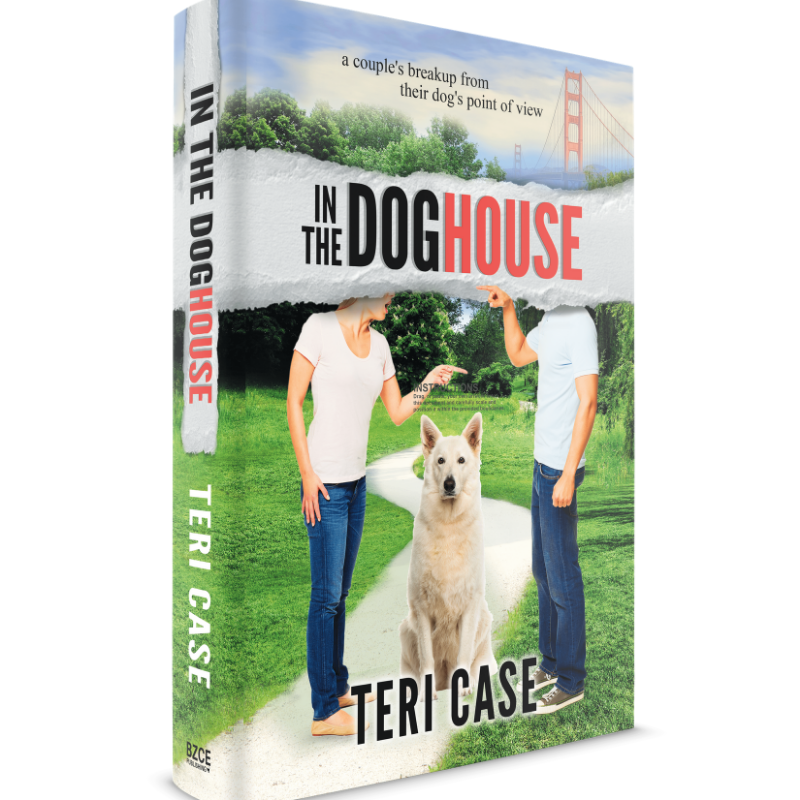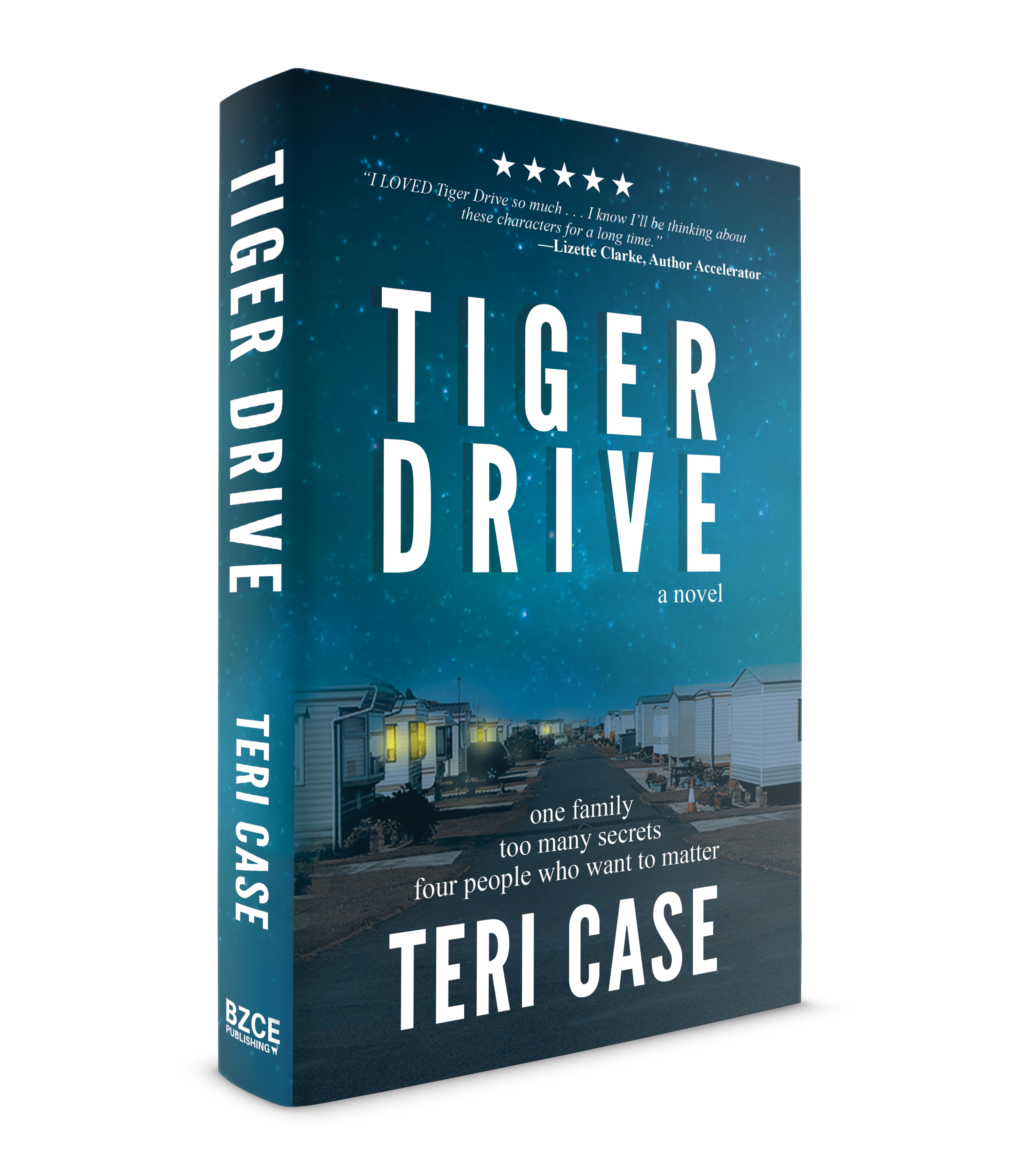Animation improves Facebook ad performance
Text Animation Lowers Cost Per Click
When PosterMyWall introduced our newest FREE tool, Text Animation, we couldn’t wait to try it out to see how well it boosted the performance of an ad campaign. Although there were many variables, we’re thrilled to tell you that on our test run, using an animated headline gave us a click through rate (CTR) 3X the industry average* and delivered a cost per click (CPC) that was ⅓ of industry average.
And it only took about 3 minutes to make the difference.
*Conversion rate (CVR) and conversion value didn’t do as well--as we’ll explain later.
Our goal
Anecdotally, we all know that we’re more likely to notice an ad or social media post that has some sort of motion—typically animation or a video. But what does that really mean in terms of improving your marketing and delivering new customers?
We decided to find out.
The experiment
Our PosterMyWall team selected a challenging case for our test drive of the impact of Text Animation—the novels of Teri Case, award-winning author of In The Dog House, Tiger Drive and Finding Imogene, which will be published in 2021. Why challenging? Because Teri’s previous Facebook ads were already high performers. Data from WordStream puts average CTR at between 0.47% and 1.61% depending on the industry. Teri’s previous Facebook ads for Tiger Drive had achieved an impressive 4.4% CTR--over double the average rate for retail.
Original ad. Find animated version below.
We took the challenge and duplicated Teri’s previous campaigns as best we could, taking the same image and adding an animated headline. We stuck to Teri’s previous targeting criteria too, and used Facebook’s detailed targeting feature to hone in on the right audience. This included checking off women 40 and older and interests that included Oprah’s Book Club, and two books with similar topics: The Glass Castle and Hillbilly Elegy. We also selected narrow/must match for Amazon Kindle--because the bulk of Teri’s sales are for ebooks and the ad link goes to Amazon Kindle too.
The place where we deviated from the original campaign was that we made adjustments to the campaign budget and length. The original ad ran for 32 days with a spend of $1795.00. Our campaign ran 20 days with a substantially lower budget of $200.00.
The results
Taking into account the average performance rates for Facebook ads provided by Wordstream, the 6% CTR our ad delivered was phenomenal, as was our CPC of $0.21 (the average CPC for retailers is $0.70)
At 4.52% our CVR beat the average rate of 3.26%--however, that was only half of the impressive 9.42% Teri achieved with her first campaign.
The statistic that really befuddled us was our conversion value--which is the profit generated from the ad divided by the cost of the ad. Despite the impressive CTR, we only recouped 74% of our investment. Teri’s previous ads produced a conversion rate of 105%--which means she made back her initial investment plus a small profit.
There are many reasons why a CTR might out-perform a conversion value. But first, you need to consider that every seller has their own goals for conversion value. Some sellers assume that a buyer might need several interactions before they purchase, so just moving a potential customer to click is a good start. Others would need a CTR of 200% or higher to feel an ad had paid off.
Self-published authors, such as Mark Dawson, who have multiple books on sale, may consider anything over a 50% conversion value to be a success. This is because when a customer enjoys the book she’s purchased, she will often buy a second and third. These subsequent purchases make the ad investment worthwhile.
So why might a CTR be much stronger than the same campaign’s conversion value? According to the self-published authors who belong to the 20BooksTo50K Facebook Group, this can be a sign that there is an inconsistency. The ad may be appealing to too wide of an audience--people who don’t fall into the target category are clicking too. Or, there may be something on or about the sales page that is turning people off. For instance, maybe people don’t like the look of the actual product or feel it doesn’t live up to the promise of the ad. It’s hard to tell if this is the case for Teri’s book since the first round of ad placements went so well.
Teri’s original campaign ran pre-COVID-19, so another plausible reason is that when she ran the ads, the economy and book sales rates were in better shape.
Another possibility is that the 20-day length plus the small spend of our experiment weren’t adequate to produce a good return. Salesforce.com says that it takes 6 to 8 touches before someone buys. We know from the data Facebook provided that over the 20-days we ran the ad, many people saw the ad twice. If we’d continued to run the ad longer and increased our spend, people likely would have been shown the ad more times, perhaps a greater percentage of people would have decided to buy.
Regardless, we’re proud of the CTR and CPC Text Animation delivered--and will continue to experiment to find out what will give our PosterMyWall customers the best ROI for their ad spend.
And we are also setting up a second experiment where Teri is going to run two ads at one time. These will have the identical headline--the only difference is that on one of the ads, will have the headline animated. We’ll report back when we have an answer.
If you’ve had success running Facebook ads with an ad or graphic you made on PosterMyWall, let us know. We’d love to write a feature about you. Please email Lisa@250mils.com and tell me your story.










